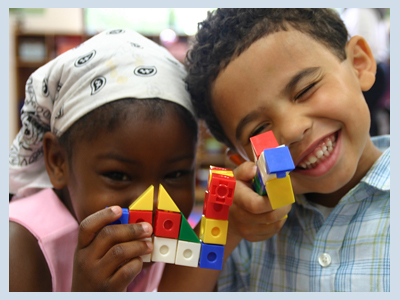It’s been over fifty years since New York State first allowed foster parents to adopt their foster children. Today, 80 to 90 per cent of all adoptions of children in New York State are by their foster parents.
Now it is time to take a good look at how foster parent adoptions are done, to be sure the transition to adoption is all it should be for both children and families. Too often foster care workers treat adoption by the child’s foster parents as just a continuation of a foster care placement, one that is allowed to “drift” into an adoptive placement.
When a new family is matched with a child, the family and the professional community make a “big deal” out of the move to the new adoptive home. The child has a goodbye party at his or her old school or residential treatment center. The new family has a series of welcoming events and so on. A tremendous amount of work is done to make sure that the new adoptive family understands the dynamics of adoption, the child’s need to grieve the loss of his birth parents, and other issues of abandonment and loss. In contrast, when an “old” foster family decides to adopt, the celebration and the defining moment of adoption typically occur when the adoption is finalized, the judge signs the papers, and the parents hug the child who is now their own.
However, the moment of celebration should really have taken place far sooner. If one defines any adoption as a special moment in time when a parent “claims” his or her child, then certainly a foster parent who decides to adopt has that same moment of claiming, of changing forever in that moment from a foster parent to an adoptive parent. The feelings are the same, the commitment is the same, and the moment absolutely deserves to be marked.
The tendency to let foster care drift into adoption needs to be eliminated. Foster parents and the child deserve an agency ceremony to acknowledge the decision to adopt, with special personalized adoptive placement papers to sign, cookies and punch, and pictures taken to remember the day. The child being adopted deserves the ceremony just as much. Child and parent need to feel that “this is it, we are really a family forever, and it is a big deal!”
Foster parents adopting their foster child need the same amount of help as new adoptive parents in order to understand the nature of adoption and the child’s feelings about it. Too many times foster parents may want to change their minds: “He was such a good kid until we decided to adopt him, and then he just started acting out. Now we don’t think he really wants to be a part of our family.”
And why is that? Because foster care is not adoption. A child can live in a foster home for years and never touch the issues deep down inside, as long as that child can hold on to the belief that some day he or she is going back to their birth family. However, once the decision is made by foster parents to adopt, a child has to look at all of those buried issues, in order to decide to be their child. When children are dealing with “hard stuff” they don’t usually talk. They act out. Foster parents need to be told this in advance. After being educated and forewarned, they won’t perceive the acting out child as not wanting to be part of their family, but rather as a child working through the issues that lead to becoming a true family member.
With specific training and education, parents are prepared. With special rituals to mark the moment of claiming, everyone involved knows that an irrevocable decision has been made. Children act up less as court finalization nears because they are clear about their adoptive parents’ decision. Parents and agency are on the same “wave length.” The decision to make a permanent commitment is accorded the respect it deserves. Everyone is a winner.
Source: by Maris Blechner & Helene Gershowitz, Family Focus Adoption Services, Reprinted from the Coalition Voice, Fall 2000

